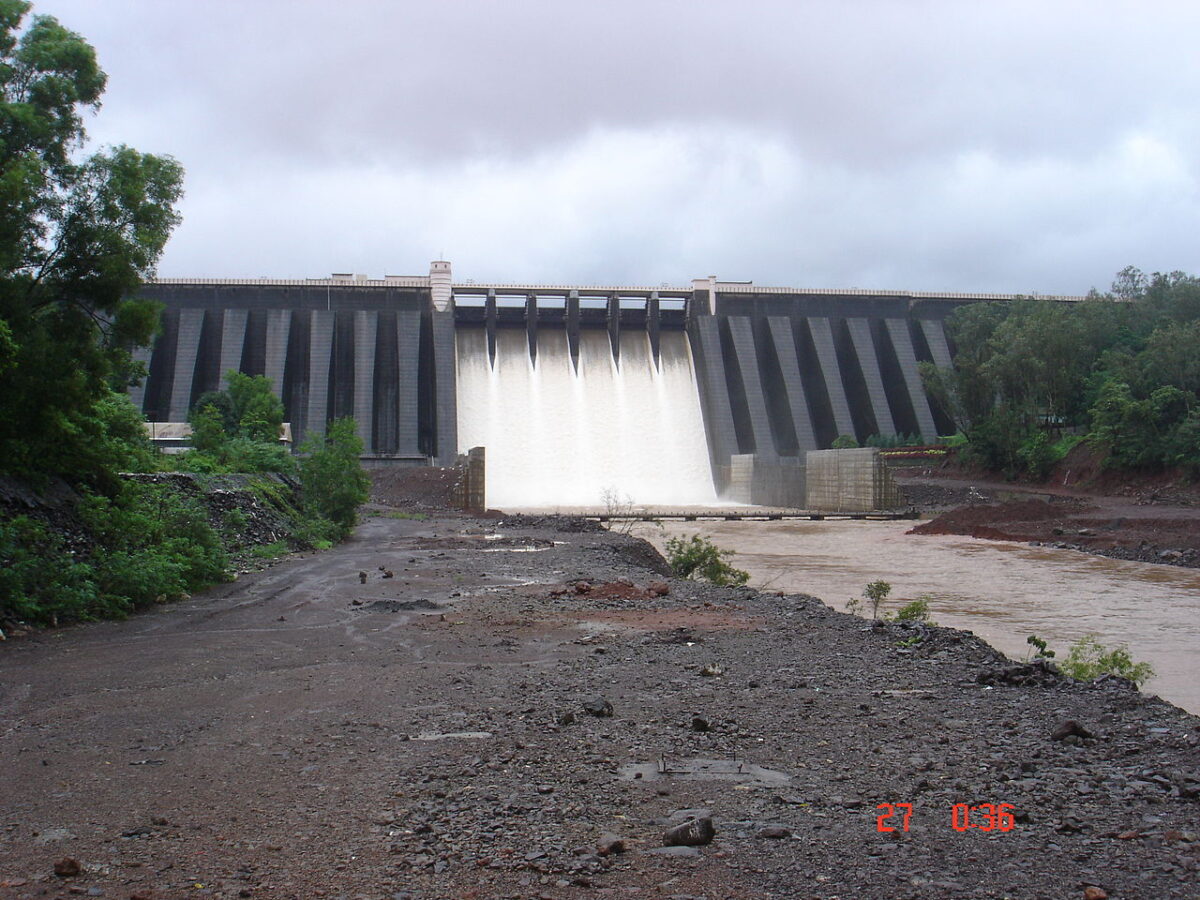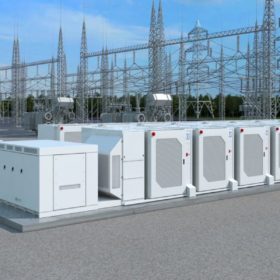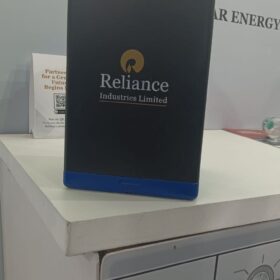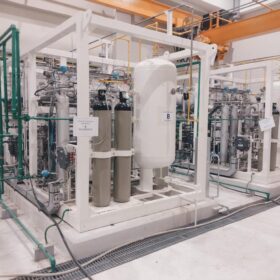JSW Energy PSP Two, a step-down subsidiary of JSW Energy, has signed the energy storage facility agreement (ESFA) with Maharashtra State Electricity Distribution Co. Ltd (MSEDCL) for 1.5 GW/12 GWh of pumped hydro energy storage. Under the agreement, JSW Energy will supply the energy storage capacity to MSEDCL for a period of 40 years, at a fixed capacity charge of INR 84.66 lakh per MW per annum.
The ESFA is signed following the award of the letter of intent on October 1, 2024.
JSW Energy’s Bhavali pumped hydro project, situated in the Nashik and Thane districts of Maharashtra, will feature an 8-hour discharge capacity with a maximum of 5 hours of continuous discharge. The project is expected to be commissioned in next 48 months.
“The project is expected to generate direct employment for 3,000 people. It will also lead to the development of local infrastructure, including roads, irrigation, and sanitation systems. Additionally, educational facilities, such as a high school, will be developed as part of our Corporate Environmental Responsibility (CER) initiatives,” stated JSW Energy.
“As per National Electricity Plan, India’s installed pumped hydro storage capacity is expected to be 27 GW by FY 2032, while battery energy storage system is expected to be 47 GW/236 GWh by FY2032,” stated JSW Energy.
JSW Energy targets 40 GWh of energy storage capacity by 2030 and has already locked-in energy storage capacity totalling 16.2 GWh so far, which includes pumped hydro storage capacity of 14.4 GWh and battery energy storage capacity of 1.8 GWh.
This content is protected by copyright and may not be reused. If you want to cooperate with us and would like to reuse some of our content, please contact: editors@pv-magazine.com.









1 comment
By submitting this form you agree to pv magazine using your data for the purposes of publishing your comment.
Your personal data will only be disclosed or otherwise transmitted to third parties for the purposes of spam filtering or if this is necessary for technical maintenance of the website. Any other transfer to third parties will not take place unless this is justified on the basis of applicable data protection regulations or if pv magazine is legally obliged to do so.
You may revoke this consent at any time with effect for the future, in which case your personal data will be deleted immediately. Otherwise, your data will be deleted if pv magazine has processed your request or the purpose of data storage is fulfilled.
Further information on data privacy can be found in our Data Protection Policy.